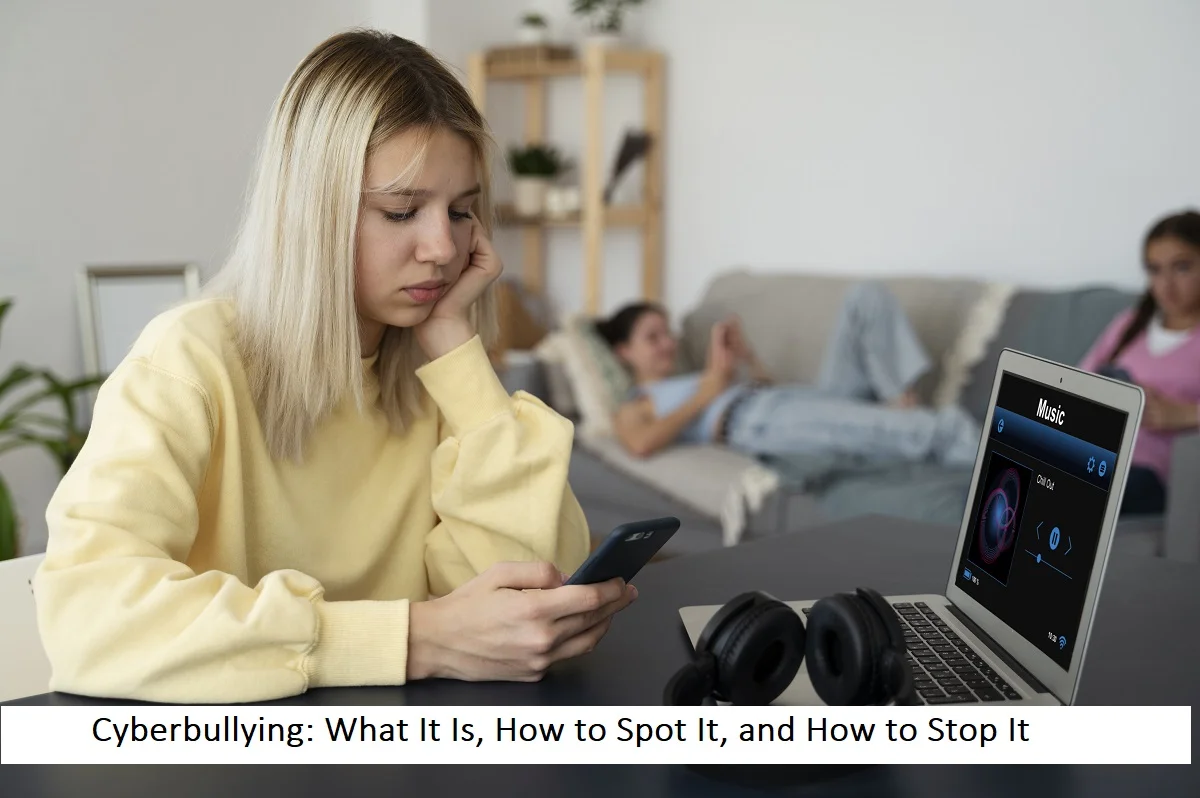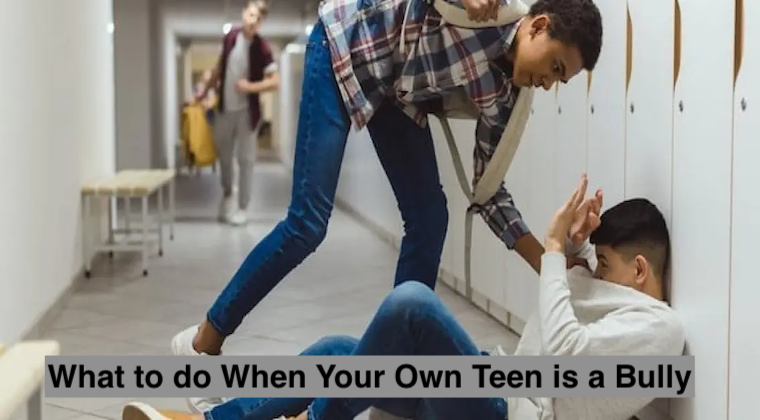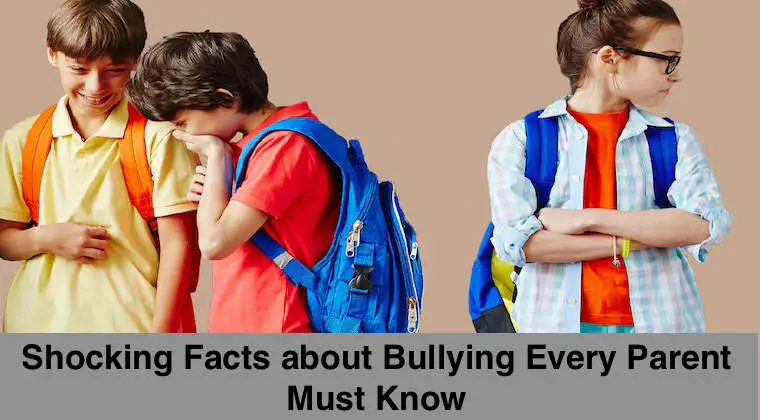In a world where screens dominate our lives, bullying has found a new playground: the internet. Cyberbullying is a modern-day menace that can leave deep emotional scars, often hidden behind the anonymity of a screen. But what exactly is cyberbullying, how can you spot it, and most importantly, how can you stop it? This article dives into the heart of the issue, offering clarity, actionable advice, and hope for those affected.
What is Cyberbullying?
Cyberbullying is the use of technology—social media, messaging apps, gaming platforms, or even text messages—to harass, threaten, or humiliate someone. Unlike traditional bullying, it doesn’t end when the school bell rings. It follows victims home, invading their safe spaces and making it harder to escape.
Common forms of cyberbullying include:
- Harassment: Sending repeated, hurtful messages or comments.
- Exclusion: Intentionally leaving someone out of online groups or activities.
- Outing: Sharing someone’s private information or secrets without their consent.
- Impersonation: Creating fake profiles to mock or deceive others.
- Cyberstalking: Using technology to stalk or intimidate someone.
The anonymity of the internet often emboldens bullies, making them feel invincible. But the good news is that cyberbullying can be stopped—and it starts with understanding what it looks like.
How to Spot Cyberbullying
Cyberbullying isn’t always obvious. It can be subtle, hidden in comments, memes, or even seemingly harmless jokes. Here are some signs to watch for:
- Behavioral Changes:
- Is your child suddenly avoiding their phone or computer?
- Have they become withdrawn, anxious, or unusually quiet?
- Emotional Distress:
- Do they seem upset after using social media or playing online games?
- Are they experiencing mood swings or outbursts of anger?
- Academic Struggles:
- Has their school performance dropped unexpectedly?
- Are they skipping school or losing interest in activities they once enjoyed?
- Social Isolation:
- Have they stopped hanging out with friends or participating in group chats?
- Do they seem reluctant to talk about their online interactions?
If you notice these signs, it’s time to dig deeper. Open a conversation and let them know you’re there to help, not to judge.
The Devastating Effects of Cyberbullying
The impact of cyberbullying goes far beyond hurt feelings. It can have long-lasting effects on mental health, self-esteem, and even physical well-being. Victims often experience:
- Anxiety and Depression: The constant barrage of negativity can lead to feelings of hopelessness.
- Low Self-Esteem: Repeated attacks can make victims question their worth.
- Social Withdrawal: Fear of further bullying may cause them to isolate themselves.
- Physical Symptoms: Stress from cyberbullying can manifest as headaches, stomachaches, or trouble sleeping.
For a deeper look at the psychological toll, check out this article: The Long-Term Effects of Cyberbullying on Mental Health.
How to Stop Cyberbullying: A Step-by-Step Guide
Stopping cyberbullying requires a proactive approach. Here’s what you can do:
- Don’t Engage
Bullies thrive on reactions. Ignoring their messages or comments can often defuse the situation. - Document Everything
Take screenshots of abusive messages, posts, or comments. This evidence can be crucial if you need to report the bullying. - Block and Report
Most platforms have tools to block users and report abusive behavior. Use them to cut off contact with the bully and alert the platform. - Talk to Someone You Trust
Whether it’s a parent, teacher, or friend, sharing your experience can provide emotional support and practical advice. - Strengthen Privacy Settings
Limit who can see your posts, send you messages, or tag you in photos. The less accessible you are, the harder it is for bullies to target you. - Educate Yourself and Others
Learn about online safety and digital citizenship. Share this knowledge with friends and family to create a safer online community. - Seek Professional Help
If cyberbullying is affecting your mental health, don’t hesitate to reach out to a counselor or therapist. They can help you process your emotions and develop coping strategies.
For parents looking to support their kids, this guide offers valuable insights: How Parents Can Help Kids Deal with Cyberbullying.
Real-Life Story: Mia’s Journey to Overcoming Cyberbullying
Mia, a 16-year-old high school student, was targeted by cyberbullies who spread rumors about her on social media. At first, she felt overwhelmed and alone. But with the support of her parents and school counselor, she took action. Mia documented the bullying, reported it to the platform, and joined an anti-bullying club at school. Today, she uses her experience to help others facing similar challenges.
The Role of Schools and Communities
Schools and communities play a critical role in combating cyberbullying. Here’s how they can make a difference:
- Implement Anti-Bullying Policies: Clear rules and consequences can deter cyberbullying.
- Promote Digital Literacy: Teach students how to use technology responsibly and ethically.
- Provide Counseling Services: Victims of cyberbullying need access to mental health support.
- Foster a Culture of Kindness: Encourage empathy and respect both online and offline.
For more on how schools can address cyberbullying, read this article: Cyberbullying in Schools: Prevention and Intervention Strategies.
Final Thoughts
Cyberbullying is a serious issue, but it’s not unbeatable. By recognizing the signs, taking action, and fostering a culture of kindness, we can create a safer online environment for everyone. Remember, you’re not alone—help is always available, and together, we can stop cyberbullying in its tracks.










